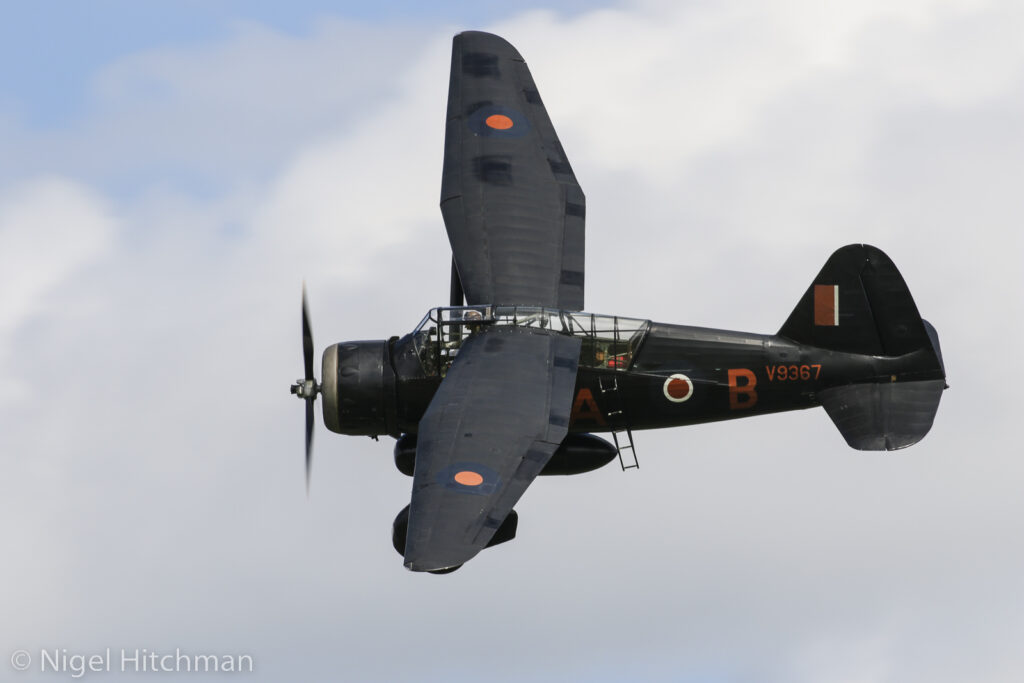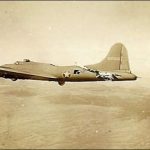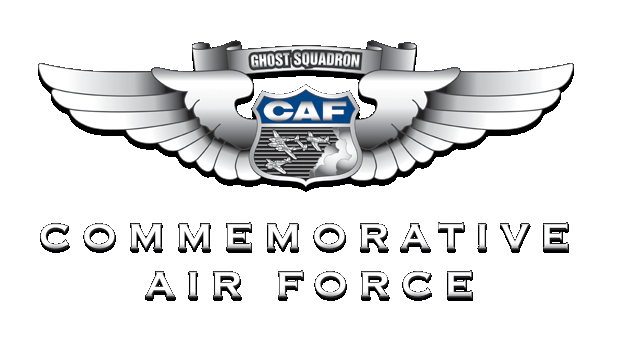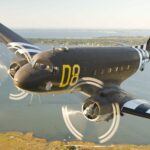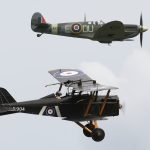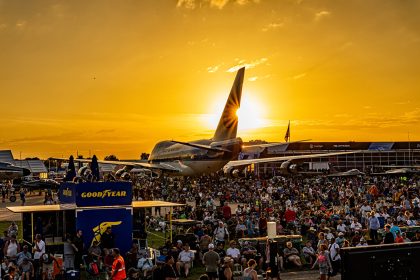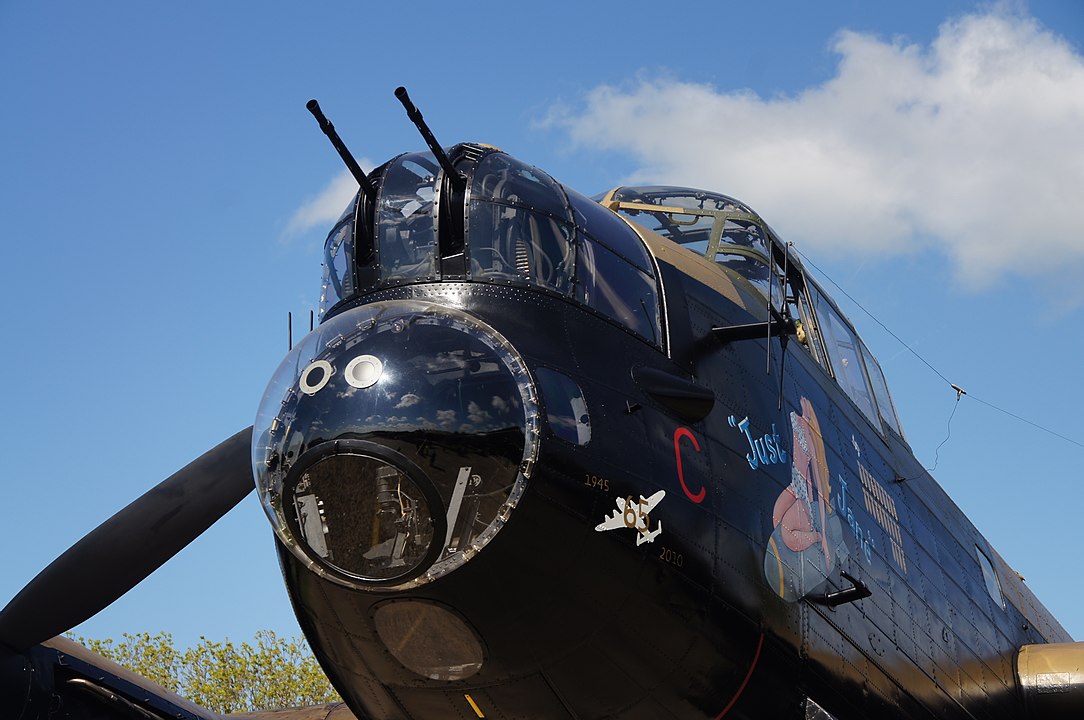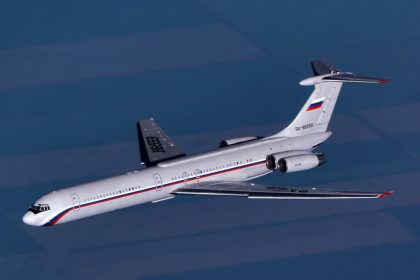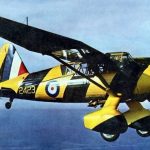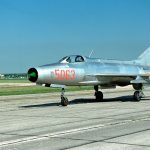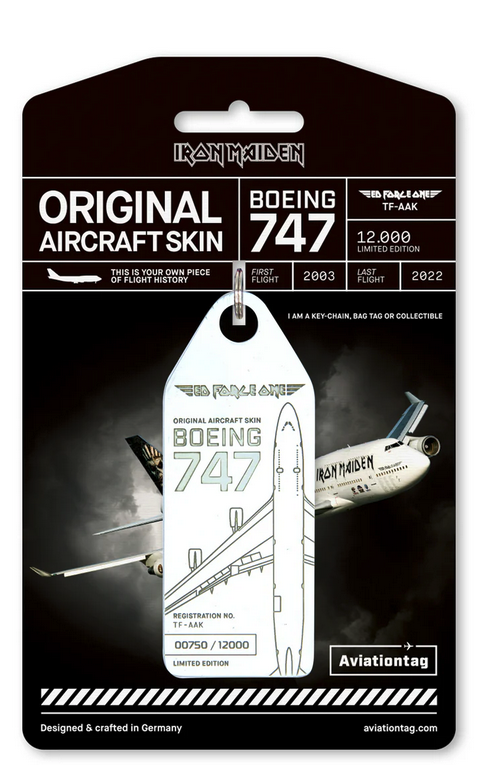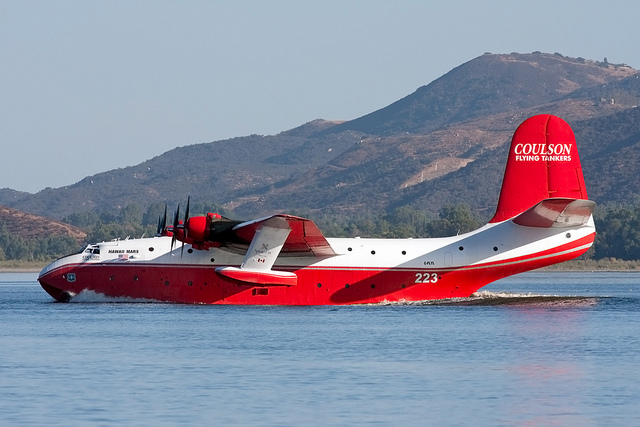On this day in aviation history—June 15, 1936—89 years ago, the Westland Lysander took to the skies for the first time. The story of this unique and unconventional aircraft began in 1934, when the British Air Ministry issued Specification A.39/34, calling for a new army co-operation aircraft to replace the aging Hawker Hector. Initially excluded from the competition, Westland Aircraft was added to the list of contenders after further consideration. From there, designers Arthur Davenport and William Edward “Teddy” Petter began work on what would become known as the Westland P.8.
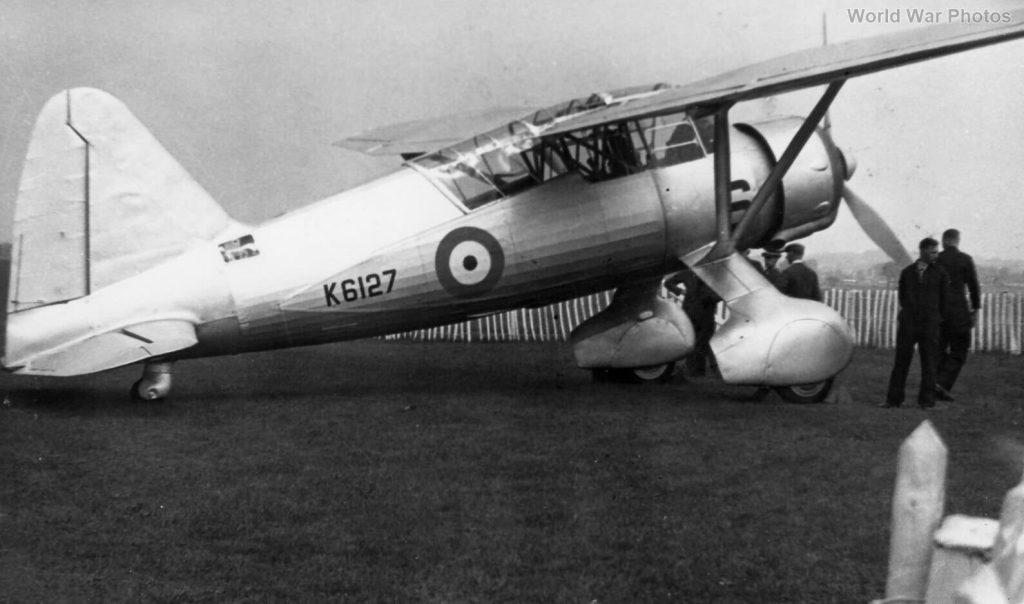
The P.8 marked Petter’s second aircraft design, and he approached it with remarkable thoroughness. To better understand operational needs, he interviewed Royal Air Force pilots about their preferences for a modern co-operation aircraft. The Air Ministry required a tactical reconnaissance platform capable of directing artillery fire, providing photographic intelligence, and observing strikes from as far as 15,000 yards during daylight missions. These demands led to a design that emphasized excellent visibility, short takeoff and landing (STOL) performance, and stable low-speed handling—traits that would define the Lysander.
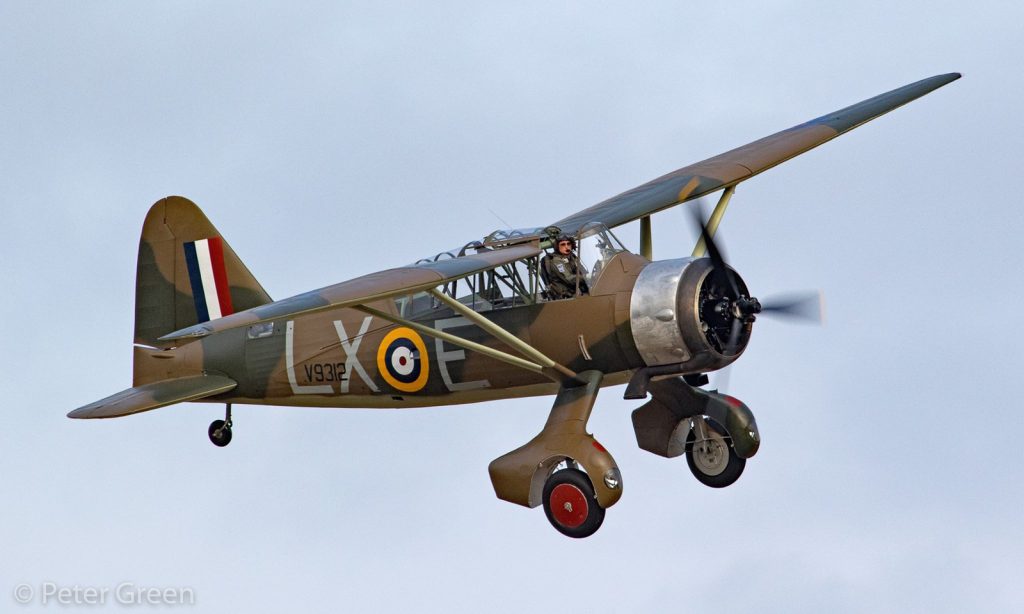
The production variant, the Westland Lysander Mk. III, featured a crew of two and was powered by an 870-horsepower Bristol Mercury XX 9-cylinder radial engine. It had a maximum speed of 212 mph, a range of 600 miles, and a service ceiling of 21,500 feet. Thanks to its STOL capabilities, the Lysander could take off and clear a 50-foot obstacle in just 915 feet—an impressive feat for the time.
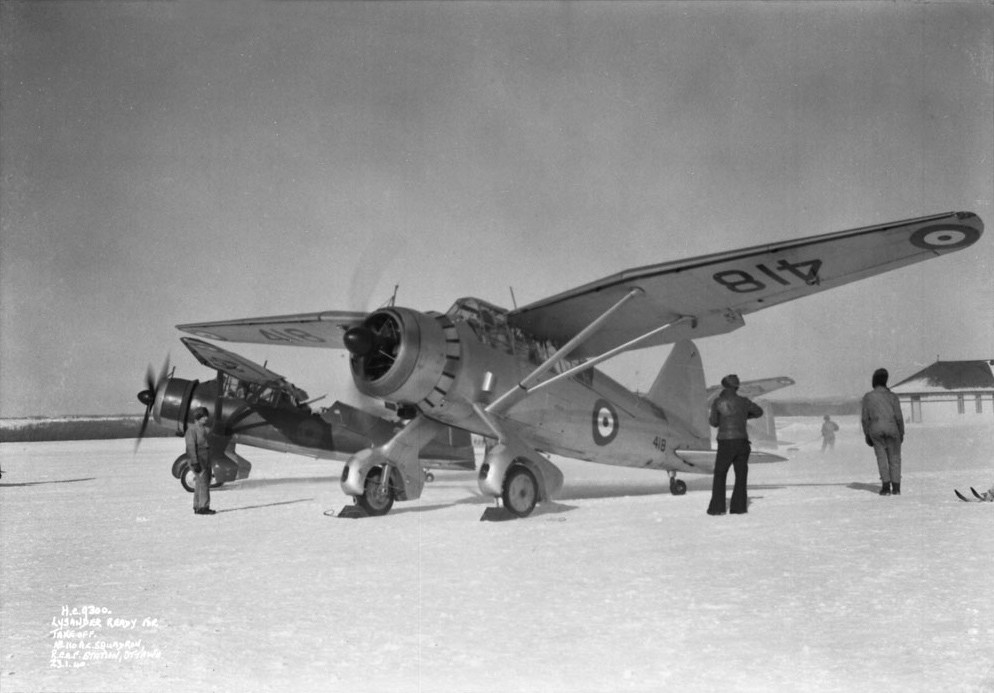
The Lysander was also armed. Two forward-firing .303-inch Browning machine guns were mounted in the wheel fairings, while two more were located in the rear observer’s position. The aircraft could also carry four 20-pound bombs on a “light series” carrier or a 150-imperial gallon auxiliary fuel tank beneath the fuselage. Alternatively, up to 500 pounds of bombs could be mounted on undercarriage stub-wing hardpoints.
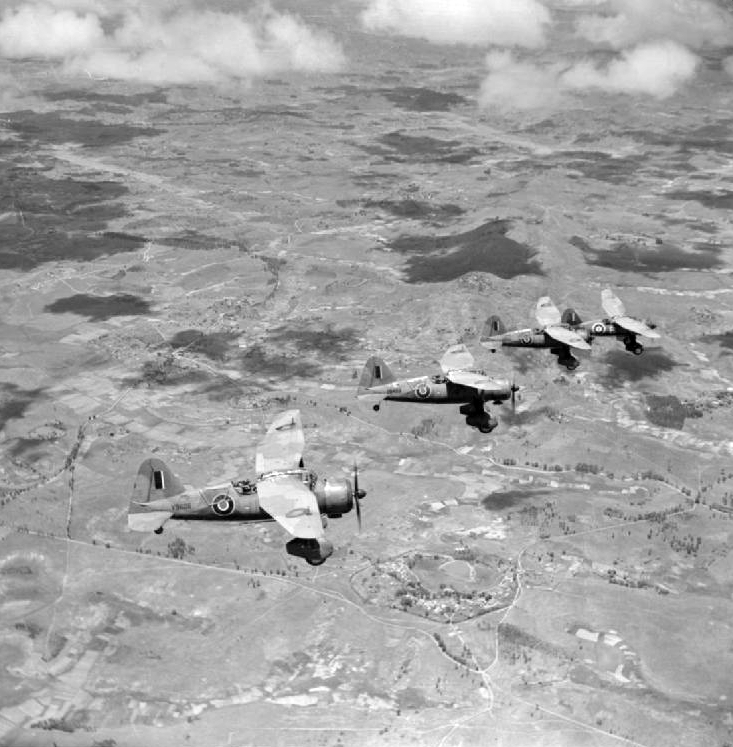
As World War II progressed, the Lysander’s role as an army co-operation aircraft became obsolete in the face of rapid technological advancement. However, its unique capabilities found a new purpose in clandestine operations. The aircraft was used to insert and extract secret agents behind enemy lines, particularly those working with the French Resistance. Its ability to land and take off from rough, improvised airstrips made it ideal for these daring missions.
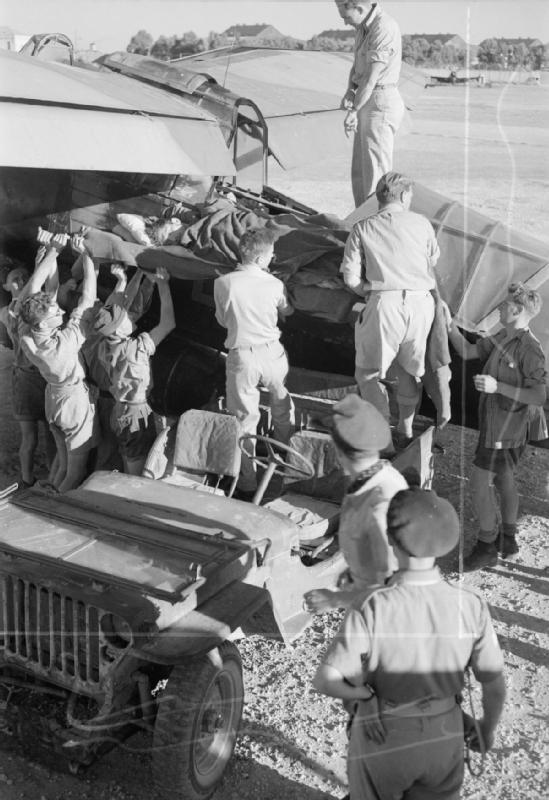
Today, the legacy of the Westland Lysander lives on. Several examples survive in museums, and at least three remain airworthy—an enduring tribute to a remarkable aircraft that, though quickly outdated in its original role, made a lasting impact through its versatility and bravery in service.
